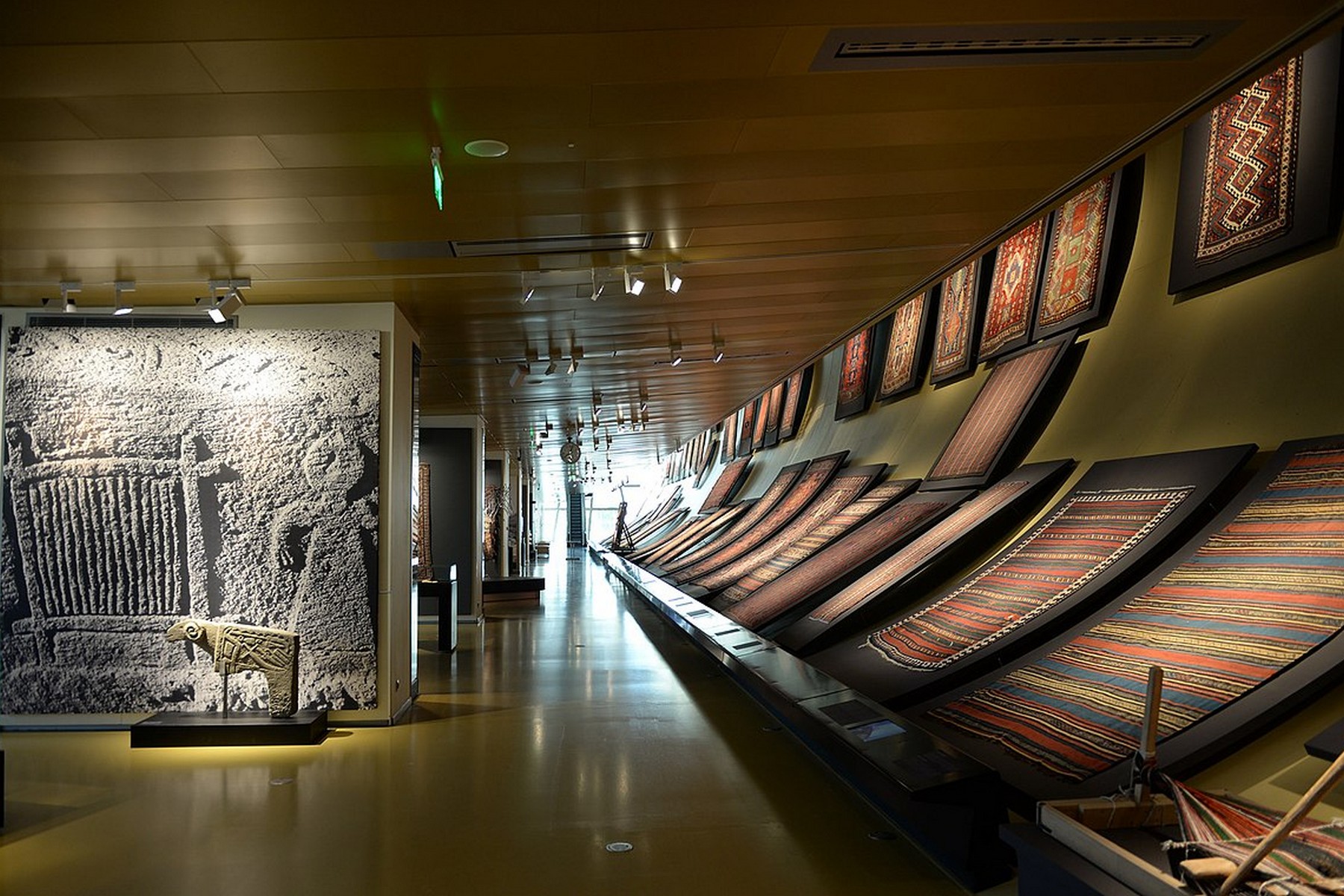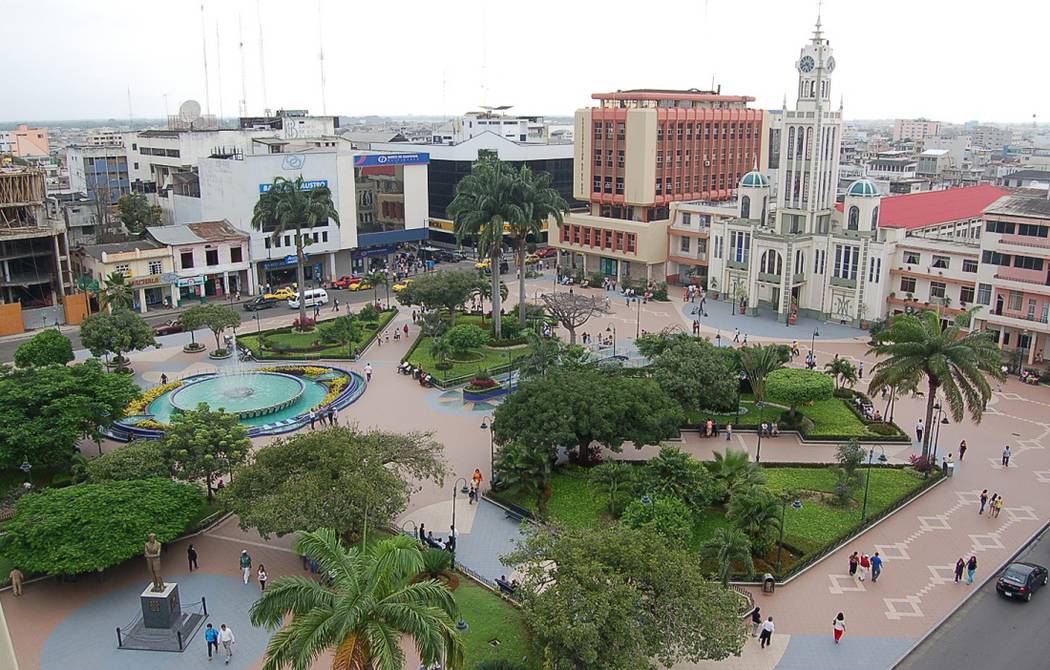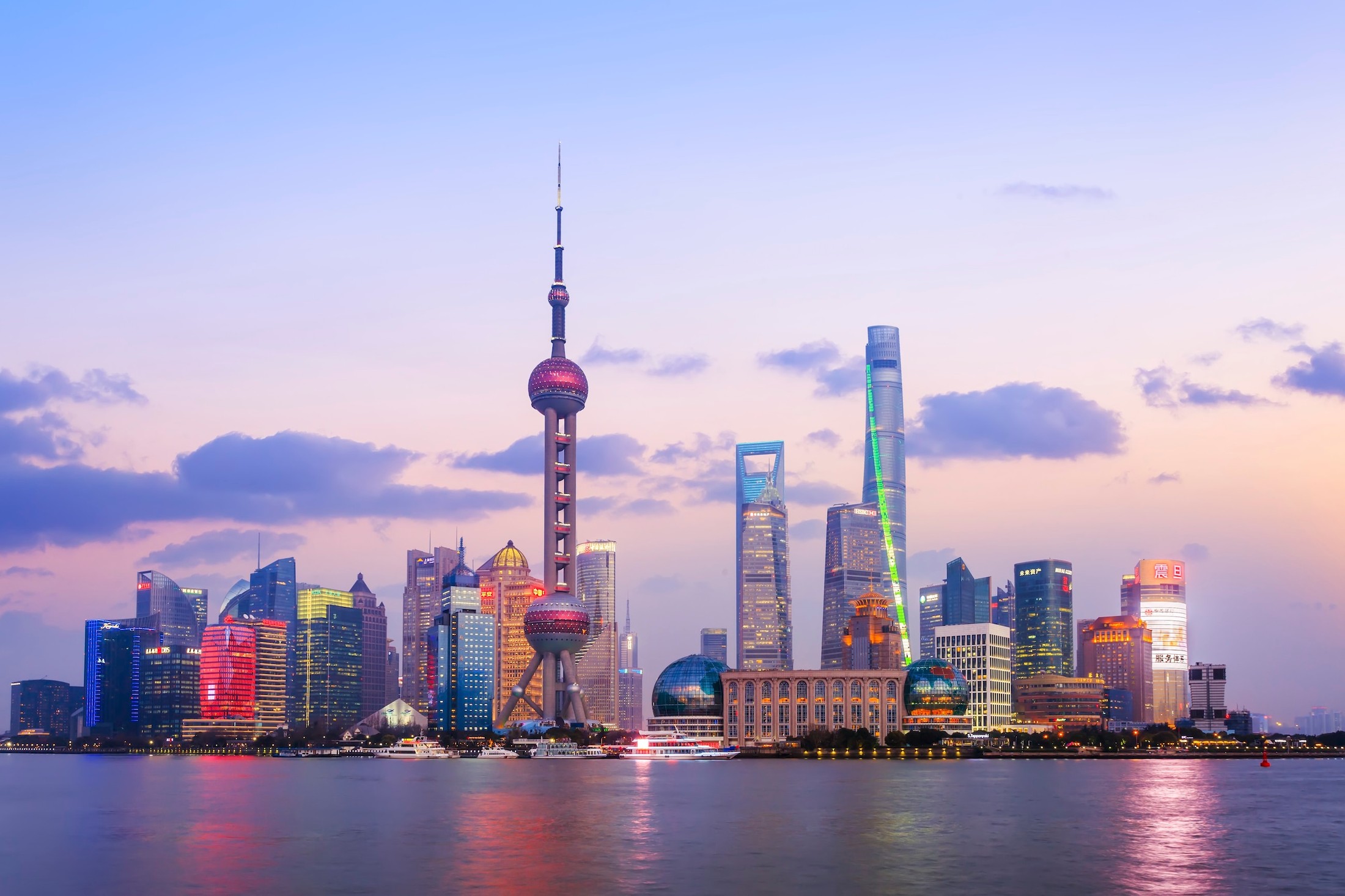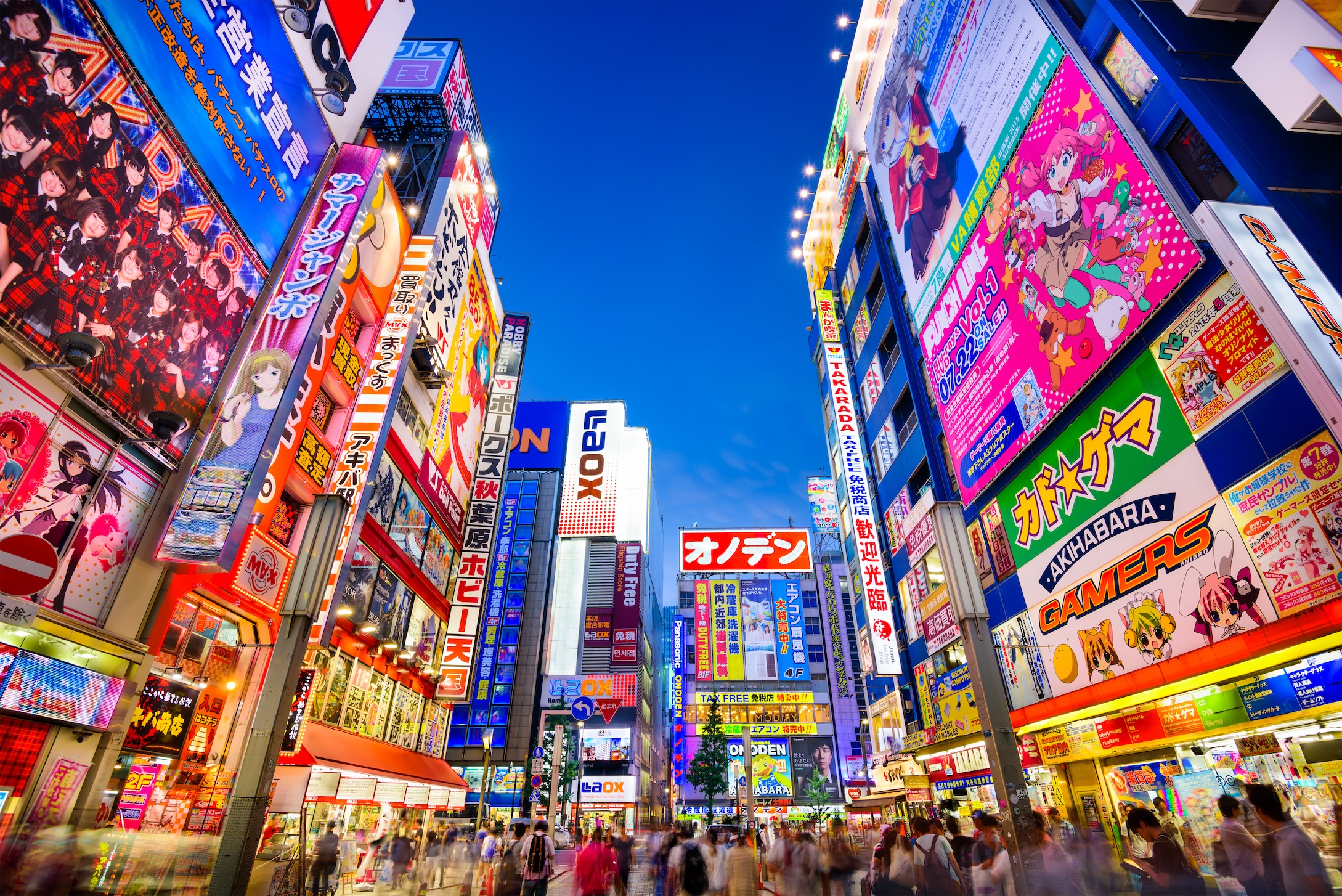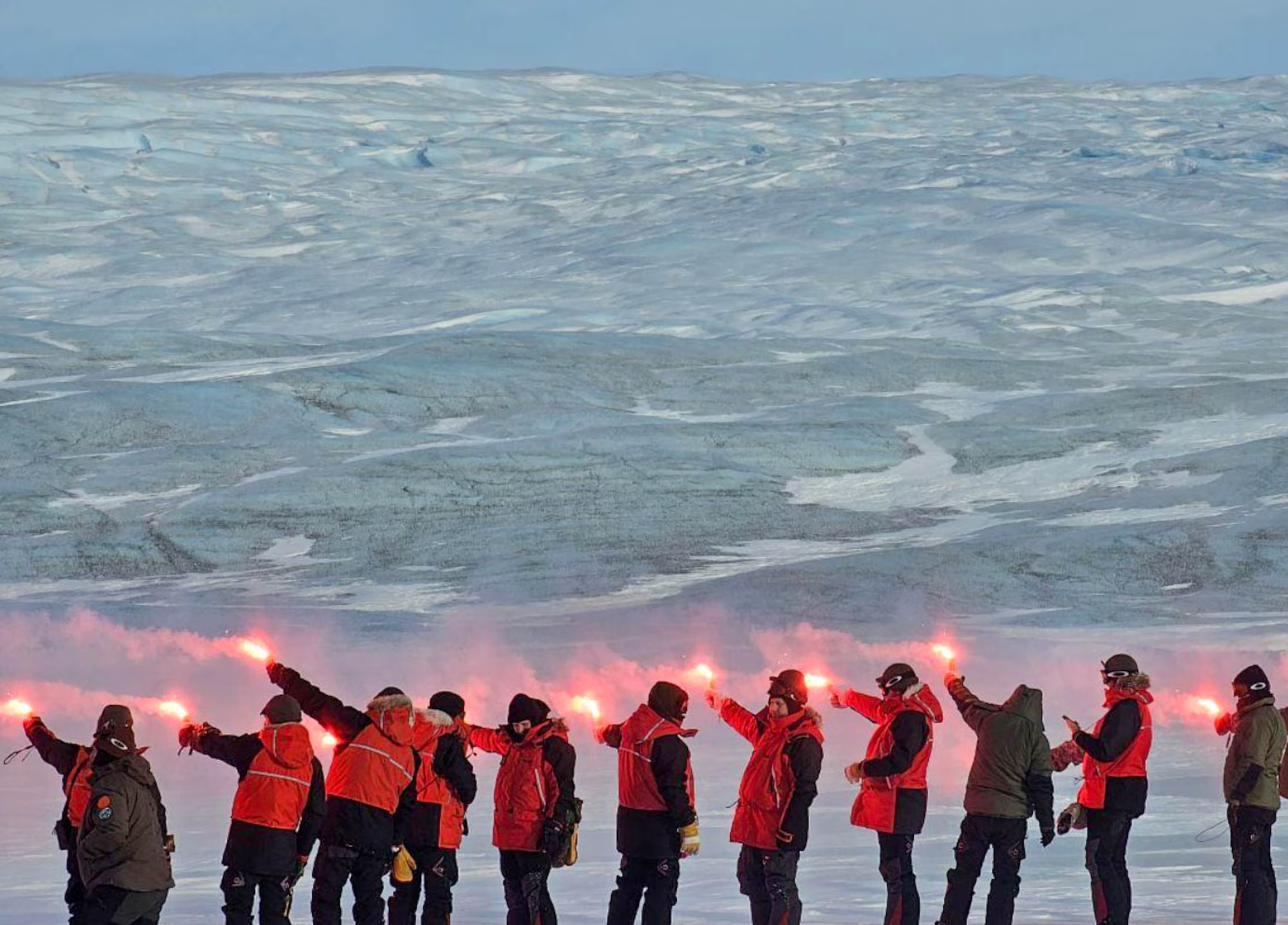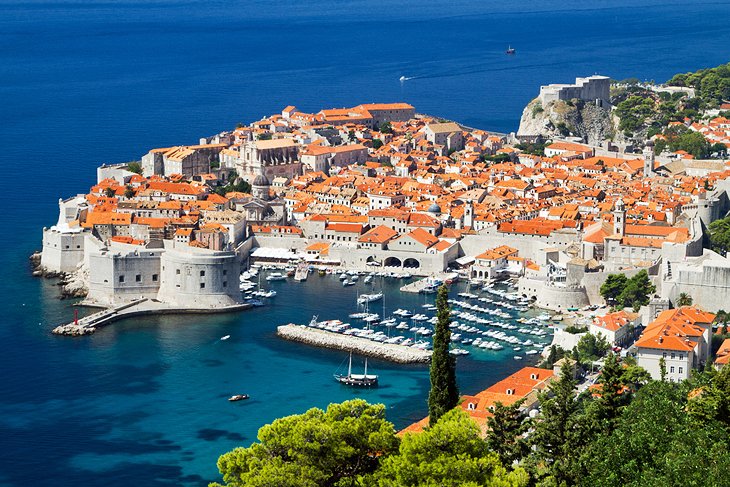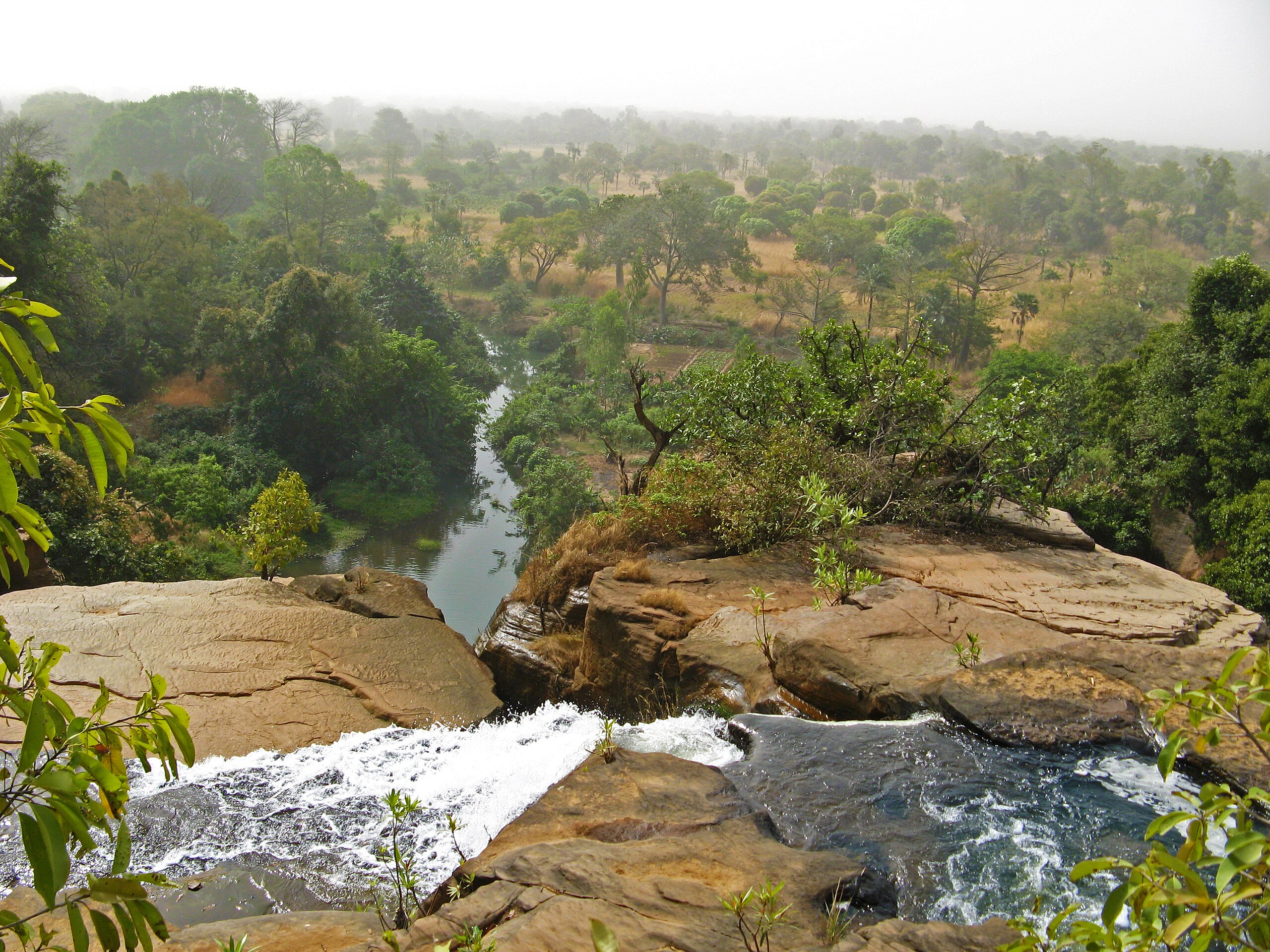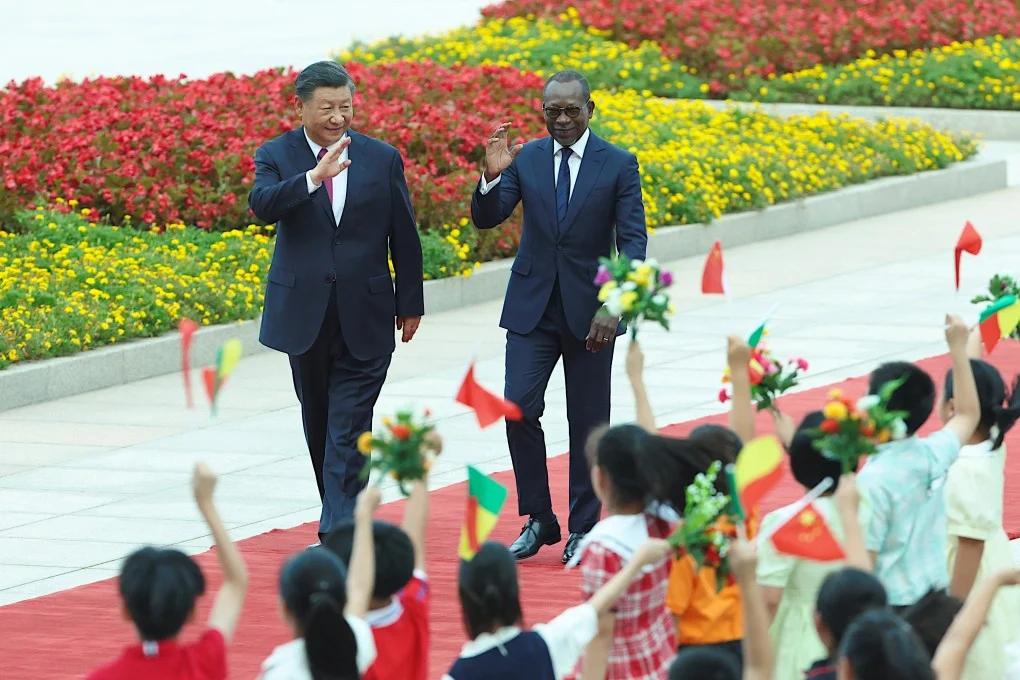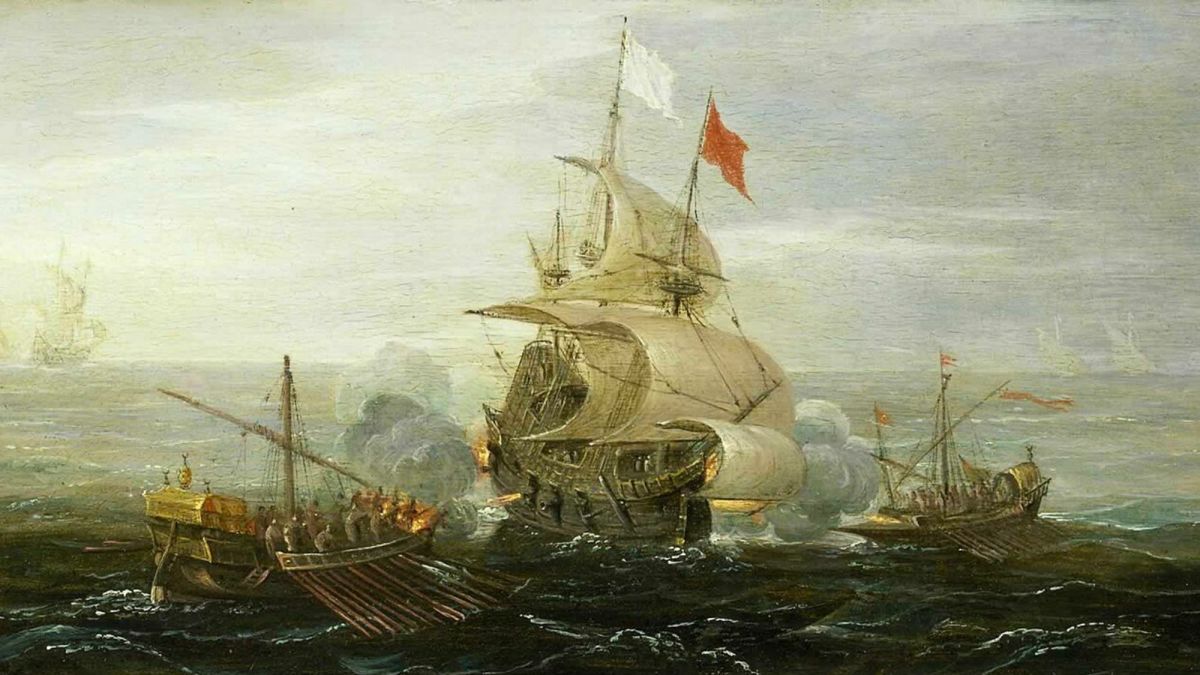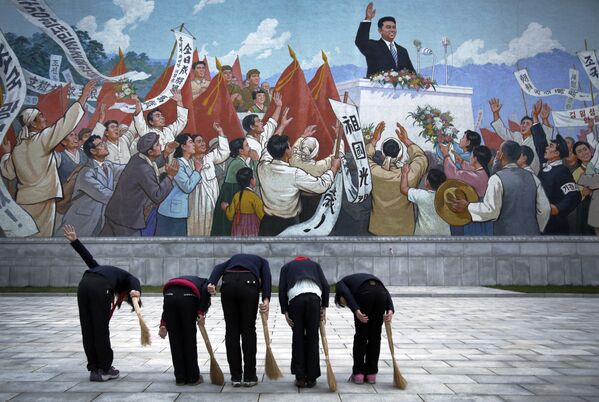newtownrrt.org – Azerbaijan memikat para pelancong dengan perpaduan sempurna antara alam, sejarah, dan budaya. Negara ini terletak di kawasan Kaukasus yang menghubungkan Asia dan Eropa. Gunung-gunung yang menjulang tinggi, danau-danau jernih, serta padang rumput luas menyatu menciptakan panorama luar biasa. Di wilayah Gabala, wisatawan menikmati pemandangan pegunungan yang tertutup salju sepanjang tahun. Di sisi lain, kota pesisir seperti Baku menampilkan pesona Laut Kaspia dengan udara sejuk dan lanskap yang memesona.
Kota Baku: Modernitas Bertemu Tradisi
Ibu kota Baku mencerminkan semangat Azerbaijan yang modern tanpa meninggalkan akar budayanya. Gedung-gedung pencakar langit seperti Flame Towers berdiri megah di samping kota tua yang dikenal sebagai Icherisheher. Di jalan-jalan sempit berbatu, pengrajin lokal menawarkan karpet, perhiasan, dan kerajinan tangan lain yang mencerminkan warisan budaya berusia ratusan tahun. Baku juga menggelar berbagai festival seni dan musik, menarik minat wisatawan dan seniman internasional.
Karpet: Warisan Budaya yang Menyatu dengan Kehidupan
Di Azerbaijan, karpet bukan sekadar barang dekorasi, melainkan simbol identitas dan kebanggaan nasional. Pengrajin menenun karpet dengan tangan menggunakan teknik yang diwariskan secara turun-temurun. Setiap motif menceritakan kisah, menggambarkan alam, cinta, perang, dan nilai kehidupan. Karpet dari wilayah Karabakh, Quba, dan Tabriz terkenal di seluruh dunia karena kualitas dan kerumitannya. Pemerintah bahkan mendirikan Museum Karpet Azerbaijan di Baku untuk merayakan warisan ini secara resmi.
Pengrajin Karpet: Seniman dengan Ketelatenan Luar Biasa
Para pengrajin karpet menunjukkan keterampilan tinggi melalui setiap simpul benang yang mereka ikat. Proses pembuatan satu karpet bisa memakan waktu berbulan-bulan, bahkan bertahun-tahun. Mereka memilih wol terbaik, mencelup benang dengan pewarna alami, lalu menenun pola rumit secara manual. Banyak di antara mereka memulai belajar sejak kecil dan terus menekuni seni ini sepanjang hidup. Karpet bukan hanya produk, tetapi ekspresi jiwa para pembuatnya.
Dukungan Pemerintah dan Pengakuan Dunia
Pemerintah Azerbaijan aktif melindungi dan mempromosikan seni karpet melalui kebijakan budaya, pelatihan generasi muda, dan promosi global. UNESCO telah mengakui seni tenun karpet Azerbaijan sebagai Warisan Budaya Takbenda Dunia. Hal ini meningkatkan apresiasi internasional dan membuka peluang ekspor yang lebih luas. Azerbaijan memanfaatkan momentum ini untuk memperkenalkan nilai-nilai budayanya di panggung dunia.
Negara Seni dan Keindahan
Azerbaijan bukan sekadar destinasi wisata, melainkan tempat di mana tradisi hidup https://www.superme-espana.com/ berdampingan dengan kemajuan. Alamnya memukau, budayanya kaya, dan seninya menggugah hati. Di tengah semua keindahan itu, karpet berdiri sebagai simbol tertinggi yang mengikat sejarah, keluarga, dan tanah air. Setiap benang dalam karpet Azerbaijan menyimpan kisah yang menunggu untuk diceritakan kepada dunia.
